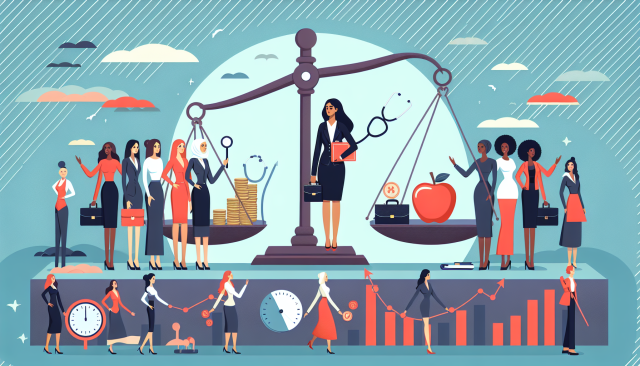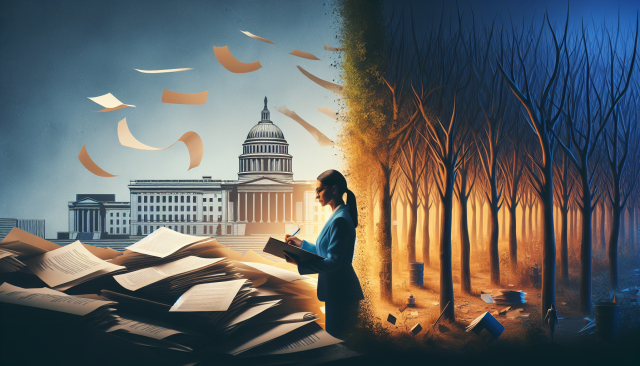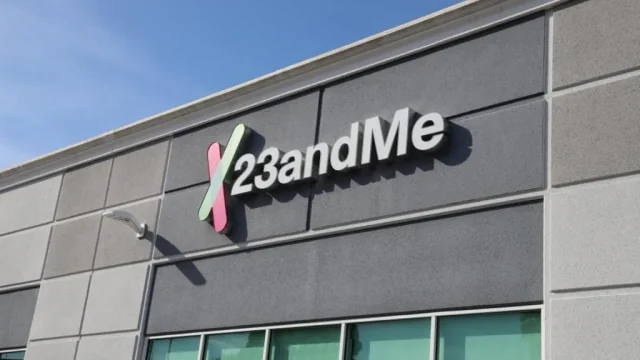In the ancient Mahabharata, when Arjuna hesitates on the battlefield, Lord Krishna doesn’t hand him a sword or a strategy. He hands him perspective. That single shift—from fear to purpose—changes everything. Much like Arjuna, today’s workforce stands at a battlefield of automation, climate change, and AI. What we need isn’t just more weapons (skills), but better wisdom (adaptability).
According to the World Economic Forum’s Future of Jobs Report 2025, 170 million new jobs will emerge by 2030—but 92 million will disappear in the same breath. Skills are aging faster than fine milk in the Sahara. Two-fifths of current skills will be obsolete by 2030. Yet, the loudest cry from the C-suite isn’t for coders or chemists—it’s for adaptability.
See report at: https://www.weforum.org/publications/the-future-of-jobs-report-2025/
This is where HAPI (Human Adaptability and Potential Index) enters like a quiet monk in a noisy marketplace.
HAPI: The Real-World Index of Grit, Growth, and Grace
Imagine trying to understand a tree by measuring the trunk’s diameter. It tells you something—but not whether the tree can withstand a storm, regenerate from a wound, or bend toward the light. That’s exactly the problem with how we’ve traditionally assessed talent. IQ, GPA, résumé bullets—they measure the trunk. HAPI measures the roots.
The Human Adaptability and Potential Index (HAPI) is our answer to a question the modern workforce keeps shouting through every economic tremor and tech disruption: “Am I ready for what’s next?” Not “Am I skilled?” or “Am I certified?”—but “Can I evolve?”
At its heart, HAPI measures five deeply human capacities:
- Cognitive Adaptability – Your ability to think on your feet when the terrain shifts. When the map stops working, do you freeze—or do you find a compass?
- Emotional Adaptability – Your resilience and regulation under pressure. Can you recover with grace? Stay open when the plan fails?
- Behavioral Adaptability – Your willingness to shift how you act, not just how you think. Habits, routines, workflows—can they bend, or do they break?
- Social Adaptability – Your capacity to learn through others. Especially those who challenge your comfort zones.
- Growth Potential – The sum of your trajectory. Are you moving forward or staying still in a world that never does?
HAPI isn’t about perfection. It’s about progress under pressure. It doesn’t crown the best—it illuminates who’s becoming better.
Where a static metric might reward mastery, HAPI values malleability. Where performance reviews often get stuck in the rearview mirror, HAPI stares forward through the windshield, asking: What could this person become with the right conditions?
It’s this subtle but radical shift—from retrospective to prospective, from snapshot to story—that makes HAPI such a powerful tool for the age we’re in.
We’re living in what biologists call a disturbance regime. Nothing stays static long enough to stabilize. Technology, geopolitics, the climate, social contracts—all in motion. In such systems, resilience isn’t just about surviving shocks. It’s about the capacity to reorganize, learn, and evolve because of them.
That’s what HAPI measures.
It’s the real-world index of grit, growth, and grace—because in the next wave of work, the best workers won’t be the ones who knew the most, but the ones who could transform the fastest without losing themselves.
The WEF Signals: We’re in the Age of Worker1
When the World Economic Forum’s Future of Jobs Report 2025 dropped, it didn’t just forecast labor trends—it sent up a flare for anyone paying attention.
The numbers are sobering:
- 170 million new jobs expected by 2030
- 92 million jobs displaced in the same period
- 39% of current skills predicted to become outdated
- 59 out of every 100 workers will require reskilling
And yet, amidst the noise, one message rang out like a temple bell: resilience, flexibility, and agility are the most critical non-technical skills for the coming era.
Translation? We’ve entered the Age of Worker1.
So what is a Worker1?
Worker1 is not a title. It’s a mindset.
It’s the adaptive, compassionate, high-performing professional who doesn’t just navigate disruption—but uplifts the community as they do. In a sense, Worker1 is Arjuna with Wi-Fi—rooted in purpose, but fluent in reinvention.
The WEF signals a tectonic shift from traditional competencies to adaptive intelligence. From static proficiency to contextual fluency. From “What can you do?” to “What can you become when the world shifts?”
Worker1 is ready—not because they’ve mastered the past, but because they’re equipped for the future.
They are:
- Technologically literate, but not technocratic.
- Collaborative across cultures, not just cross-functional teams.
- Lifelong learners, not lifelong label-wearers.
And crucially, Worker1 doesn’t rise in isolation. They rise through ecosystems.
Companies that nurture Worker1s—by investing in adaptability, wellness, upskilling, and purpose—outperform those clinging to yesterday’s scripts. Nations that prioritize Worker1s—through inclusive education, mobility, and digital access—unlock long-term resilience.
And it’s not just a social good—it’s a competitive edge.
The future is no longer a war for talent. It’s a race for adaptability. And Worker1s are leading the way—not as foot soldiers of industry, but as the architects of a more flexible, human-centered economy.
From Skills Economy to Potential Economy
The modern economy is obsessed with “skills.” Upskilling. Reskilling. Micro-skilling. It’s like the workforce equivalent of a protein shake obsession—if in doubt, add more.
But here’s the hard truth: skills expire. Potential evolves.
We’ve spent decades building pipelines of talent—feeding industries with just-in-time competencies. But what we need now are ecosystems of potential—dynamic, resilient environments where people can transform as fast as the world around them.
In the skills economy, your value is tethered to what you know today. In the potential economy, your value is rooted in how fast you can learn, adapt, and grow.
HAPI is built precisely for this shift. It provides organizations and governments with a growth radar, identifying not just who is job-ready now, but who could thrive in entirely new contexts—with the right guidance.
Imagine:
- Recruiters hiring not just for experience, but for cognitive adaptability and emotional range
- National reskilling programs targeting people based on learning velocity, not last year’s job title
- Leadership pipelines built not on tenure, but on behavioral and social adaptability under pressure
The potential economy doesn’t ignore skills. It transcends them. It understands that a person’s trajectory matters more than their transcript.
It’s also a more inclusive economy. Skills often privilege access—degrees, training, networks. But potential? Potential can surface in unexpected places. It rewards hunger, curiosity, and resilience.
By shifting from the skills economy to the potential economy, we unlock talent that has been historically overlooked. We build systems that reward adaptability, not pedigree. And we future-proof our institutions—because potential doesn’t expire every five years like a certification.
In short, it’s not about hiring the most “qualified” person for the job. It’s about hiring the person who can qualify themselves faster than the job changes.
Call to Action: Be a HAPI-nist
So where does this leave us?
In the middle of a battlefield—much like Arjuna’s.
The world is changing. Fast. Our tools are evolving, our roles are dissolving, and our institutions are straining under the weight of exponential disruption.
We don’t need more credentials. We need clarity of purpose. We don’t need better test scores. We need better ways to measure who’s ready to grow.
That’s where you come in.
To be a HAPI-nist is to reject the idea that people are fixed assets. It’s to believe that the most powerful workforce strategy isn’t better filtering—it’s better fostering.
Whether you’re a CEO, an educator, a policy architect, or a job seeker, here’s your call:
- If you lead teams, start evaluating adaptability as a core performance driver—not a soft skill.
- If you build systems, invest in tools like HAPI that measure who someone could become.
- If you shape policy, prioritize adaptability and growth potential in public reskilling programs.
- If you are a worker, stop waiting for certainty. Build your adaptability muscle like it’s your pension plan—because it is.
In a world built on shifting ground, adaptability is your only steady foundation. And HAPI is your blueprint for building it—person by person, community by community.
Be a HAPI-nist.
Not because it’s trendy. But because the future doesn’t belong to the strongest or the smartest. It belongs to the most adaptive.
And those who help others adapt? They don’t just survive change.
They lead it.































